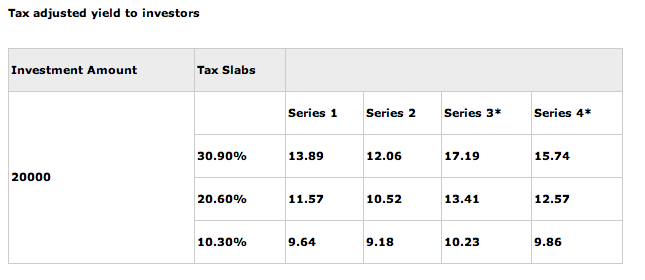Also read about the REC Infrastructure bonds here or the IDFC Infrastructure Bonds Tranche 2 here.
The IDFC Infrastructure Bond post has thrown up some interesting questions from readers which were not part of the post itself, and while I am replying to them in comments – I thought I’d do a fresh post with 5 questions that I thought deserved a post of their own.
1. Is opening a demat account compulsory for investing in the IDFC Infrastructure bonds?
No, it is not.
When this scheme opened there was just the option to invest in it if you had a demat account, but some changes have been made (pdf) and opening a demat account is not compulsory now. You can buy them in physical form also. Their website tells you how to do this.
You can also subscribe to the Bonds in physical form by following these simple steps:
- Don’t fill up the demat details in the application form
- Compulsorily provide the following three documents with the application form:
- Self-attested copy of the PAN card;
- Self-attested copy of a cancelled cheque of the bank account to which the amounts pertaining to payment of refunds, interest and redemption, as applicable, should be credited.
- Self-attested copy of the proof of residence. Any of the following documents shall be considered as a verifiable proof of residence:
- Ration card issued by the Government of India; or
- Valid driving license issued by any transport authority of the Republic of India; or
- Electricity bill (not older than 3 months); or
- Landline telephone bill (not older than 3 months); or
- Valid passport issued by the Government of India; or
- Voter’s Identity Card issued by the Government of India; or
- Passbook or latest bank statement issued by a bank operating in India; or
- Leave and license agreement or agreement for sale or rent agreement or flat maintenance bill; or
Letter from a recognized public authority or public servant verifying the identity and residence of the Applicant.
2. Is the interest earned from the IDFC Infrastructure bond tax-free?
While IDFC Infrastructure bonds may not attract TDS – the interest itself is not tax – free. It’s only the Rs. 20,000 you get reduced from your taxable salary that helps save tax.
3. Has the closing date to invest in IDFC Bonds extended?
Yes, the closing date has been extended from 18th October to 22nd October.
4. When do the bonds start trading in the stock exchange?
After the initial lock – in period of 5 years is over, the bonds will list on the NSE and BSE, and start trading there.
5. Which option has the highest yield?
Yield table from the website. Now keep in mind this is just the yield, the lock in periods differ between various series, and that needs to be taken into account while making your decision, however since my earlier post didn’t have this yield table I am including it here.

Click here to read the earlier review of the IDFC Infrastructure Bond.
